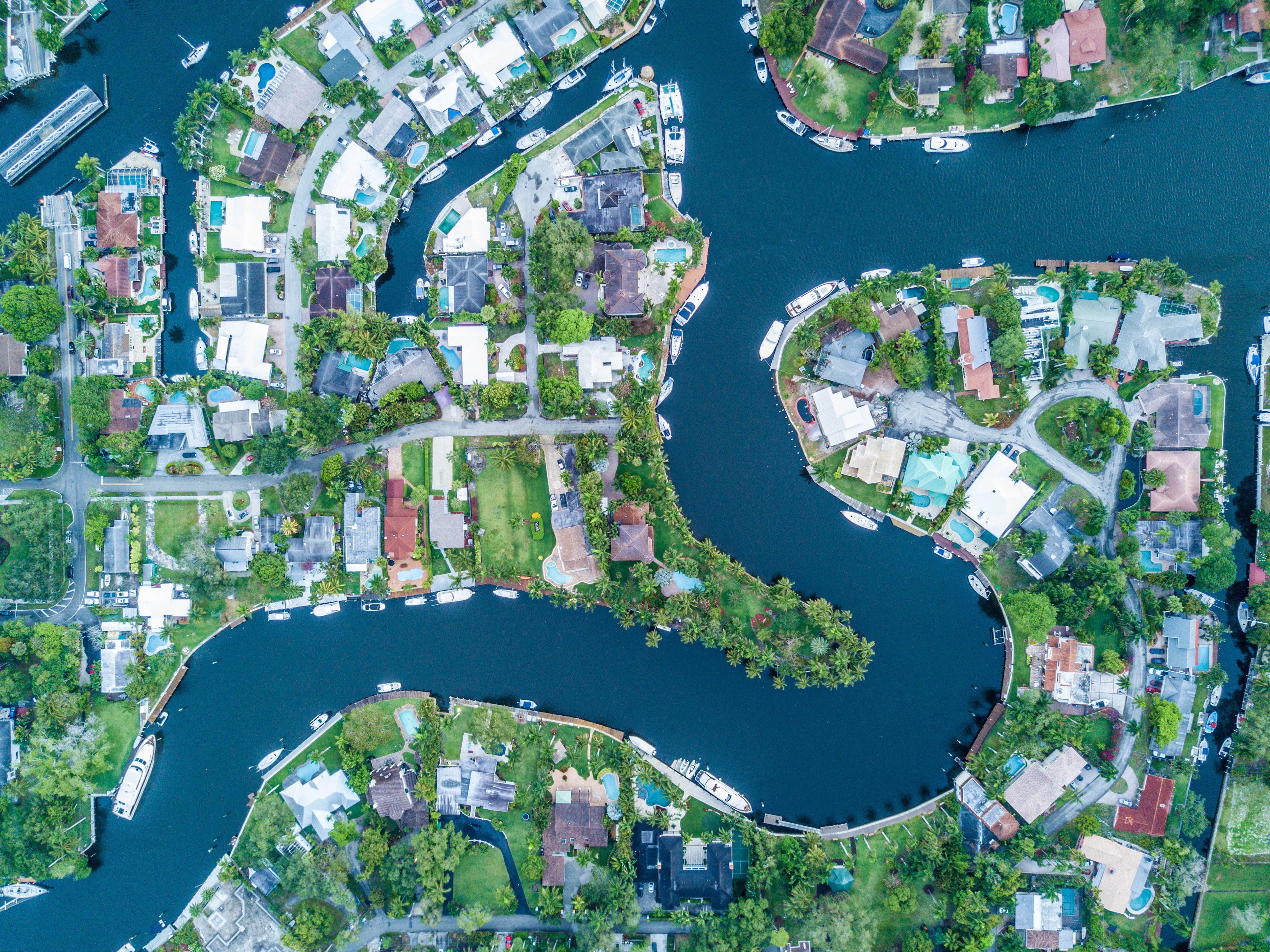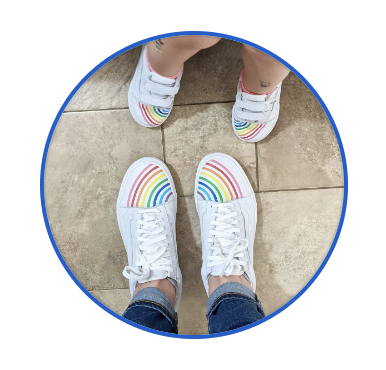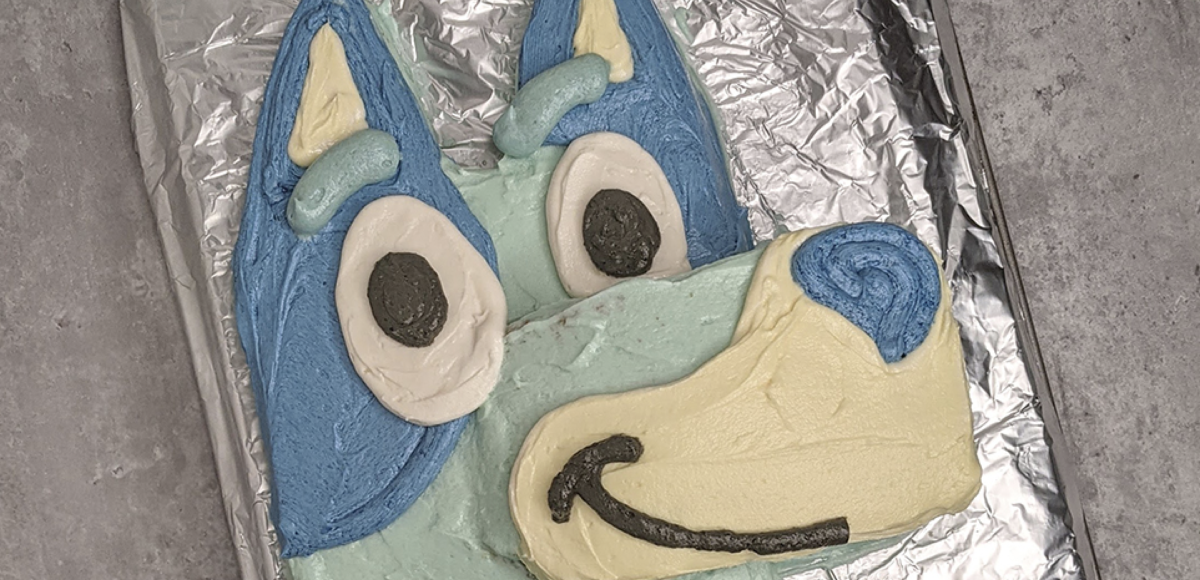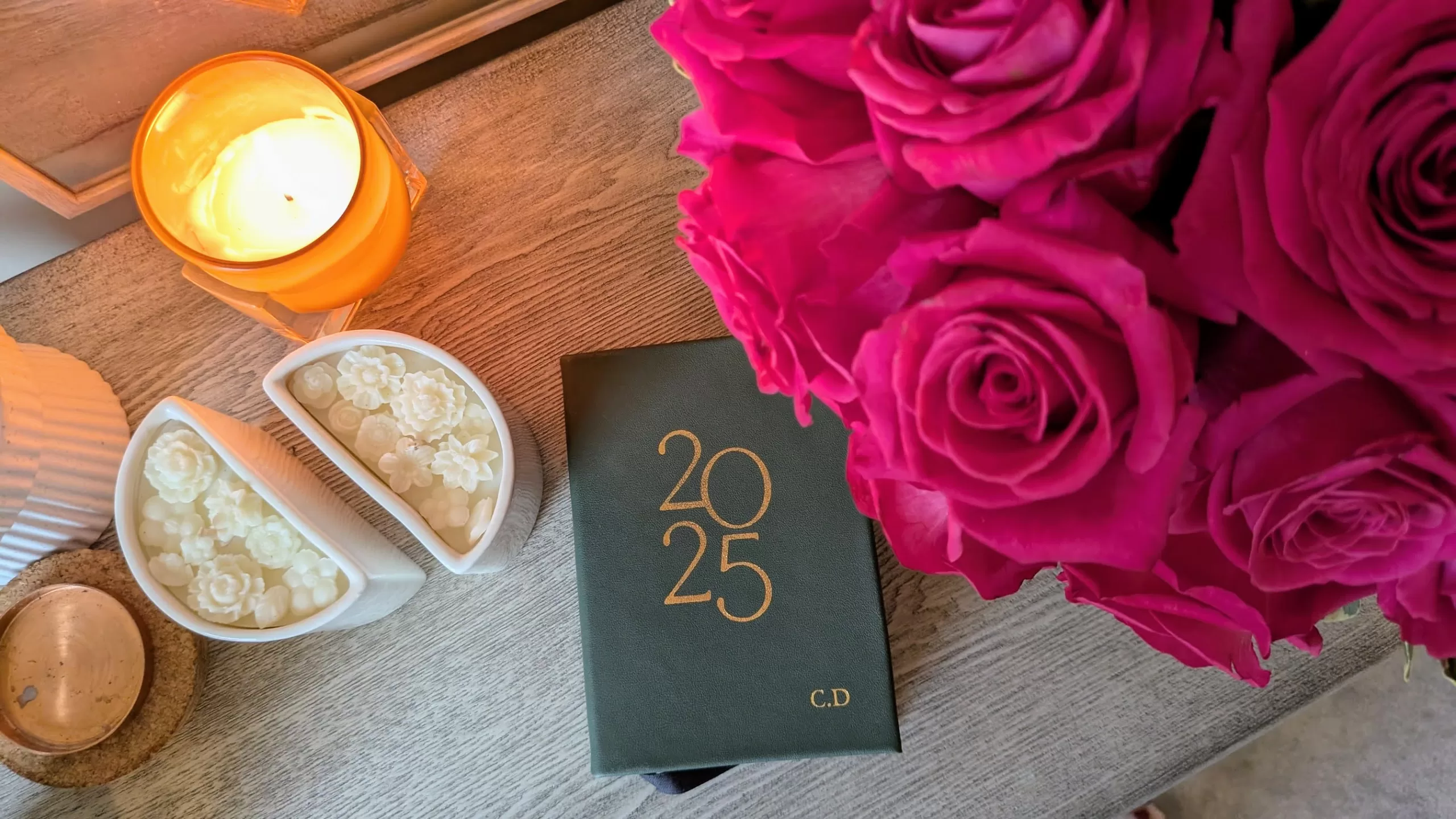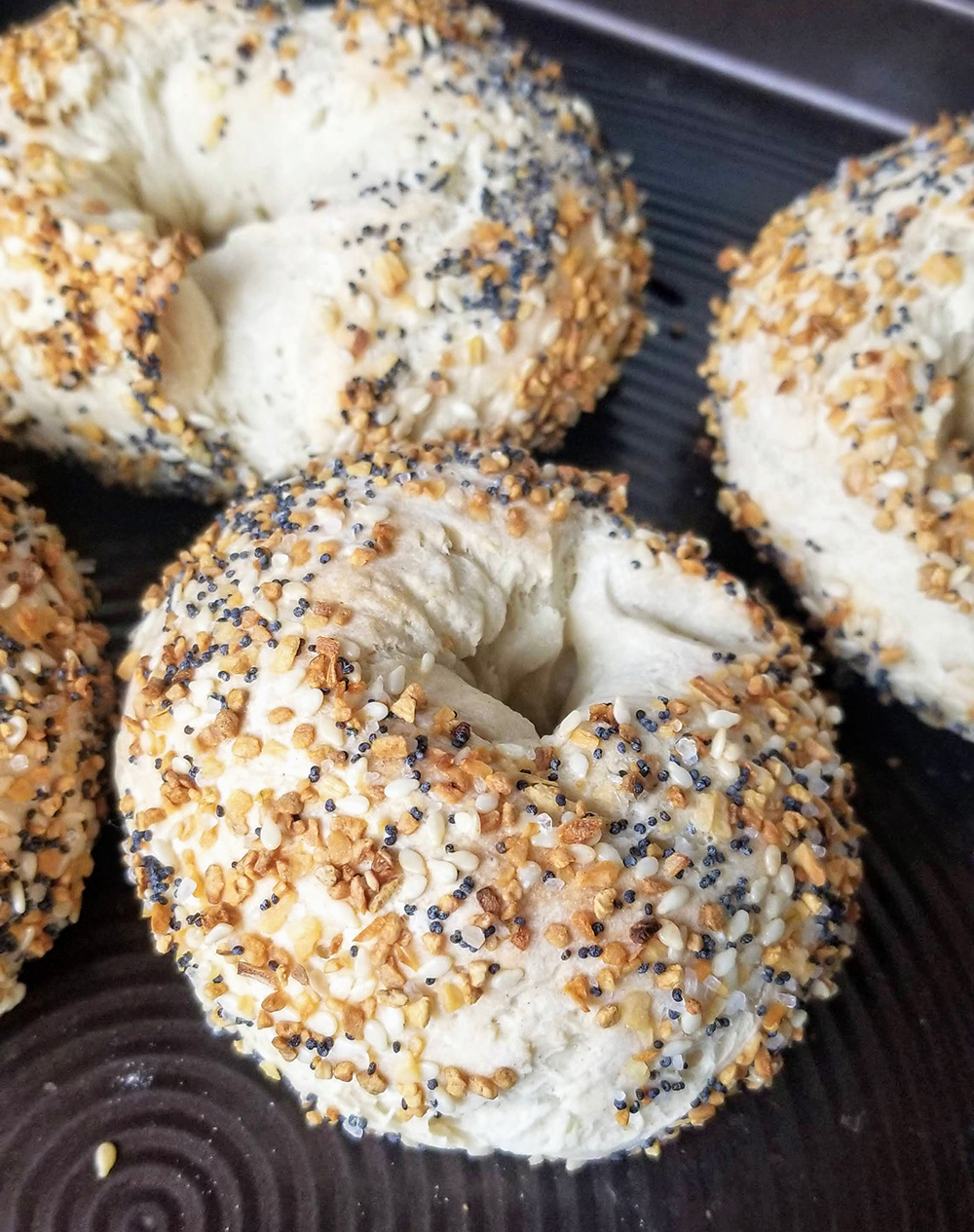This post may contain affiliate links. Every link is hand-selected by our team, and it isn’t dependent on receiving a commission. You can view our full policy here.
It’s a small, one-page article, but it’s the most powerful one I’ve read in Elle all year. The magazine’s June issue featured a 200ish-word essay from Kyra Parrow, a photographer and student at Marjory Stoneman Douglas High School. For four years, she’d been capturing her high school experience through the lens of a camera, snapping photos of the football field and science labs (and everything in between). Then her whole life changed on Feb. 14, 2018.
That was the day Nikolas Cruz attacked the campus, killing 17 of their classmates. It was an unthinkable act; the kind of horror that’s become so unfortunately commonplace that after the shooting later this year in Santa Fe, one girl said she’d come to expect that at some point, it’d happen at her school, too. As much as we talk about the act, the aftermath is even harder to process; how do you begin to walk those halls again? How do you feel safe again? When does that devastating ache start to heal? How is everyone affected three months, six months, one year, or even 10 years later?
There is no one path, and while some students turn to speeches, marches, and demonstrations (which are all amazing ways to take action), Kyra explains how she’s found comfort behind the lens of her camera. These two sentences, in particular, really stood out to me:
“Photography, for me, isn’t just a form of artistic expression; it’s an emotional release,” she wrote. “How we record and remember — it’s how we heal.”
I process everything through words. Sometimes, I have to pace holes in the floor, talking out an issue with my mom or a friend over the phone; more often than not, though, it’s through writing it all down. Most of the time, I can’t even peel back all of the layers of nuance to what I’m feeling until I start writing, stream-of-consciousness style, and one thought leads to a revelation, which brings up a whole new set of questions. And, eventually, some understanding. Or an attempt to make peace with what I don’t fully understand. Kyra’s story opened me up to all the ways we record and remember things, and that HOW we remember them (as in, what we tell ourselves about the situation — or bottle up and refuse to admit or process) is just as powerful.
“Through the terror and the heartache, I’ve found comfort in photographing my community. And while so many of my friends have been vocal in launching a movement, I’ve been there watching, marching, documenting. This is how I contribute; this is how I cope,” Kyra wrote.
Kyra’s using her photographs as a call to action, a reality of the Parkland that keeps going through each day, because it has to, and slowly rebuilds itself. And, all the while, demands more of the world at large. It’s a powerful reminder to find your outlet for processing life’s pains — and to see the value in all kinds of expression, knowing that you can make an impact even if you’re not taking on a starring role.
Photo by Luiz Centenaro on Unsplash
